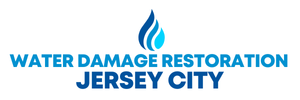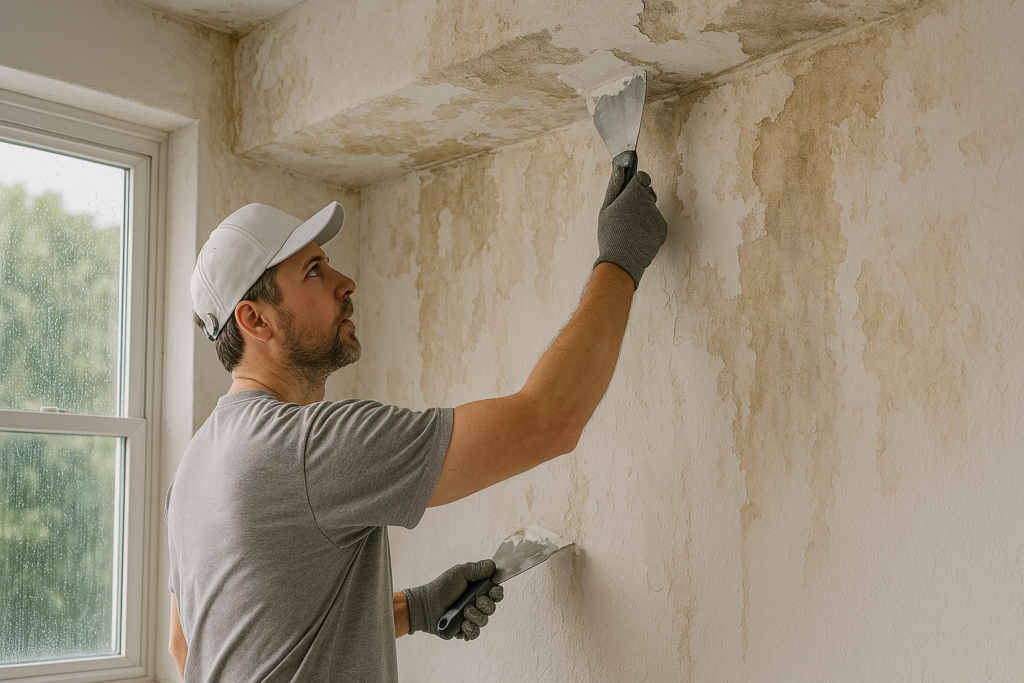Water damage in a home can lead to numerous issues, with mold growth being one of the most concerning. Mold not only deteriorates property but also poses serious health risks, such as respiratory issues, allergies, and long-term health complications. Understanding how to prevent mold growth after water damage is essential for maintaining a safe and healthy living environment. Here’s a detailed guide on preventing mold growth after water damage.
1. Act Quickly to Address Water Damage
The key to preventing mold is swift action. Mold can begin to grow within 24 to 48 hours after water exposure, so it’s crucial to address the problem immediately. The quicker the water is removed and the affected area is dried, the lower the chances of mold development.
Immediate Steps to Take:
If the water damage is due to a plumbing issue, such as a burst pipe or an overflowing toilet, shut off the water supply to prevent further flooding.
– Use a wet/dry vacuum, mop, towels, or a pump to remove standing water from floors, carpets, and other surfaces. The sooner the water is removed, the faster the drying process can begin.
– Dry the area completely by opening windows and using fans or dehumidifiers to enhance airflow and expedite the drying. Pay attention to all affected areas, including walls, floors, and furniture, ensuring everything is thoroughly dry within a few days. Don’t forget to check hidden spaces like behind walls or under cabinets, where water can remain and promote mold growth.
2. Clean and Disinfect Affected Areas
Once the water is gone, cleaning and disinfecting the affected areas is essential. This step helps remove contaminants and creates an environment where mold is less likely to thrive.
Cleaning Tips:
– Clean surfaces with a mixture of water and mild detergent. For stubborn residues, a disinfectant or water-vinegar solution can be used. Avoid bleach on porous materials like wood, drywall, or carpets, as it may not effectively kill mold spores and could cause further damage.
– Dispose of contaminated items, such as carpets, drywall, and insulation, that have absorbed water and are at risk of harboring mold. If these materials are severely damaged, replacing them may be the best solution, as cleaning them may be ineffective.
3. Remove and Replace Damaged Materials
If water damage is extensive, some materials may be beyond repair. Mold can infiltrate materials like drywall, insulation, wood, and carpet, making it difficult to clean thoroughly. Replacing these materials ensures that mold doesn’t continue to thrive.
Materials to Replace:
– Drywall and insulation that have been soaked through should be removed and replaced. Mold can easily grow between the layers of these materials, making thorough cleaning nearly impossible.
– Wood and carpet that cannot be thoroughly dried should be replaced, as they are prime candidates for mold growth if not properly addressed.
4. Control Humidity Levels
Mold thrives in humid environments, so controlling the humidity in your home is a crucial step in preventing its growth. High humidity, especially in areas affected by water damage, creates an ideal environment for mold.
Humidity Control Tips:
– Place dehumidifiers in water-damaged areas to help reduce moisture in the air. Aim for a relative humidity of 30-50% to discourage mold growth.
– Use a hygrometer to monitor indoor humidity levels regularly, ensuring they remain within the optimal range for mold prevention.
5. Repair Leaks and Ensure Proper Ventilation
Leaks from pipes, roofs, or windows can lead to ongoing water problems that contribute to mold growth. Promptly repairing these leaks and ensuring proper ventilation is essential for preventing future water-related issues and mold outbreaks.
Leak Repair Tips:
– Fix any leaks in pipes, faucets, or fixtures promptly, as even small leaks can cause significant water accumulation over time, especially in hidden areas like behind walls or under floors.
– Inspect your roof for damaged shingles or flashing and repair them quickly. Ensure windows and doors are sealed properly to prevent rainwater from entering the home.
– Use exhaust fans or open windows in high-moisture areas like bathrooms, kitchens, and laundry rooms to promote airflow and reduce humidity. Proper ventilation is essential to prevent mold in these spaces.
6. Use Mold-Resistant Products
Consider using mold-resistant materials and products during repairs or renovations to further prevent mold growth. Mold-resistant drywall, paint, and insulation can offer added protection, especially in areas prone to water damage.
Mold-Resistant Materials:
– Mold-resistant drywall and insulation are treated to resist mold growth, making them ideal for high-moisture areas such as basements and bathrooms.
– Mold-resistant paint can be applied to walls and ceilings in areas likely to experience water exposure, helping prevent mold from taking root.
Preventing mold growth after water damage requires quick action, thorough cleaning, and ongoing maintenance. By acting quickly to address water damage, disinfecting affected areas, controlling humidity, repairing leaks, and using mold-resistant materials, you can significantly reduce the risk of mold in your home. Regular inspections, HVAC system maintenance, and education about mold prevention will help you maintain a safe, mold-free environment. By following these strategies, you can protect your home from the dangers of mold and ensure a healthy living space.

